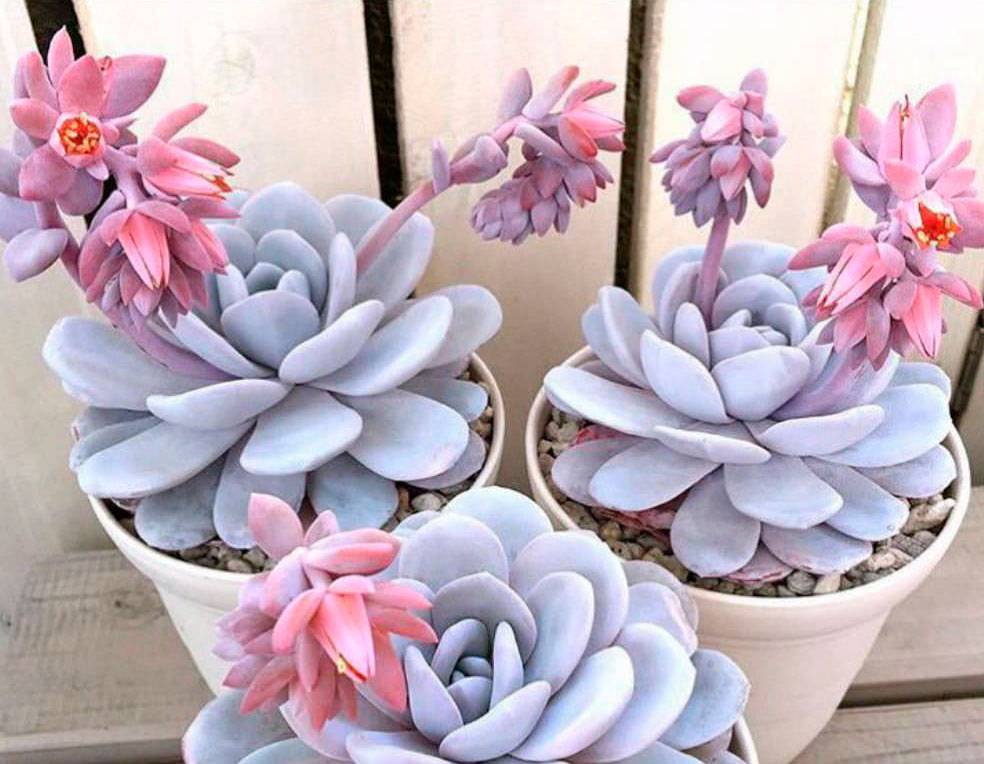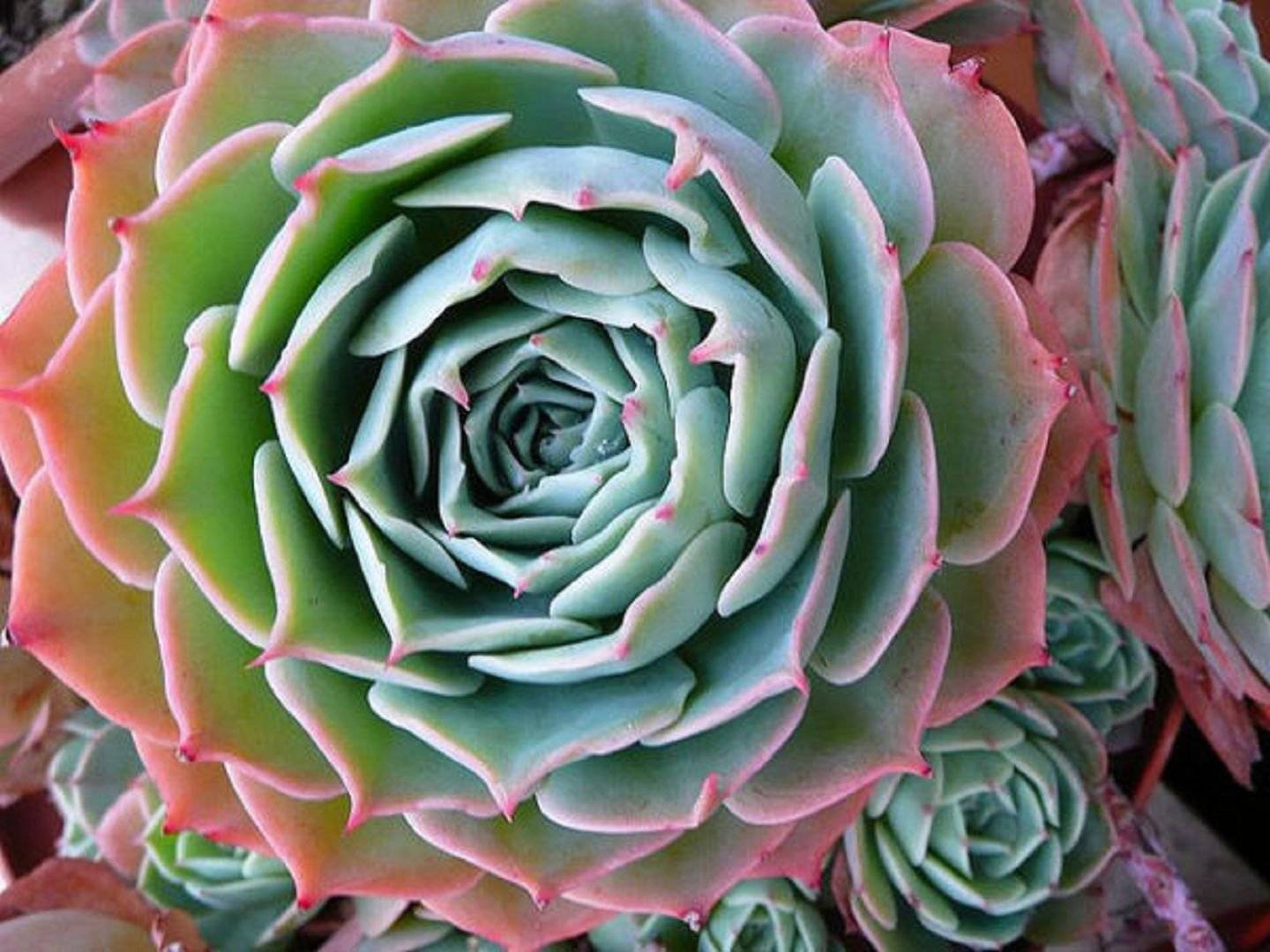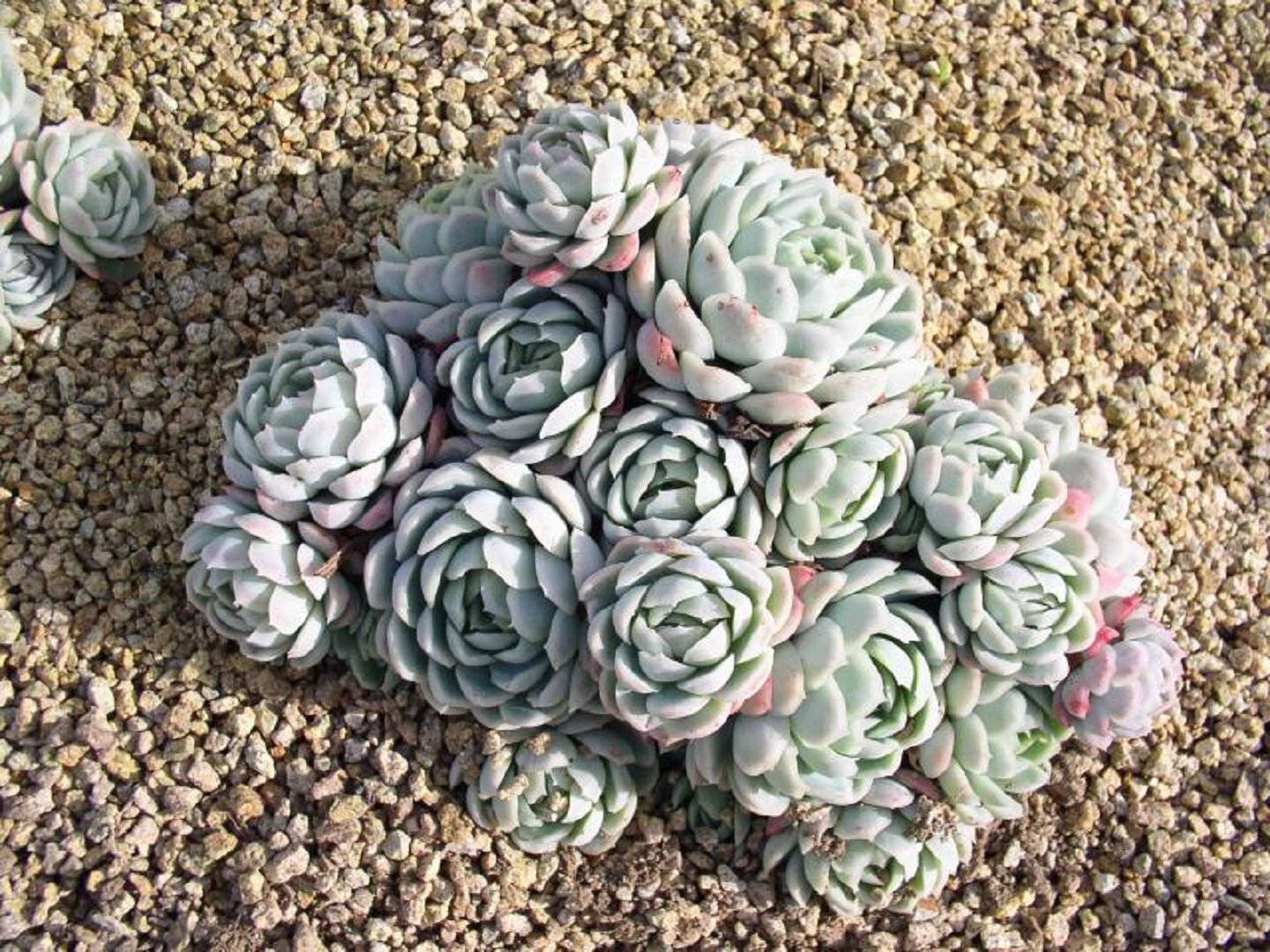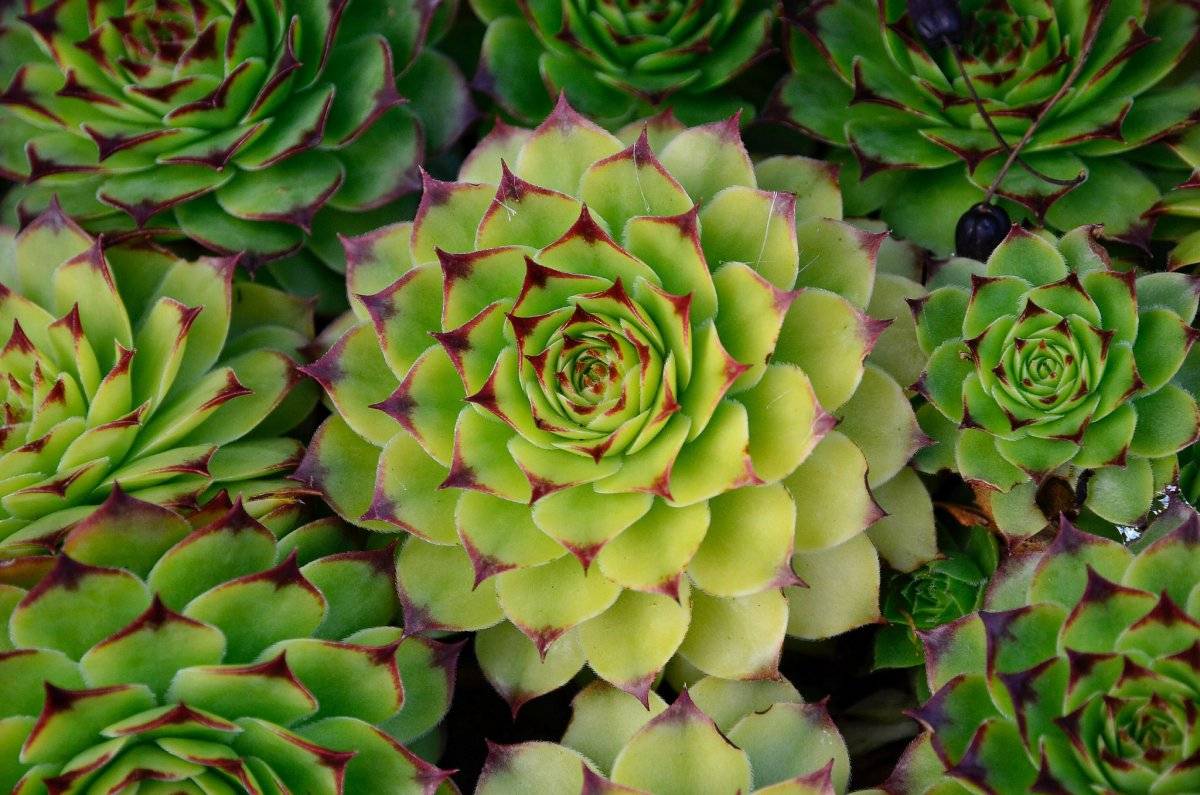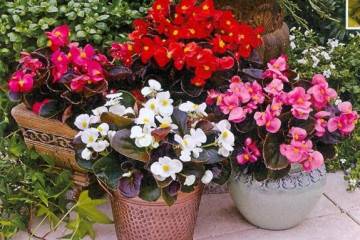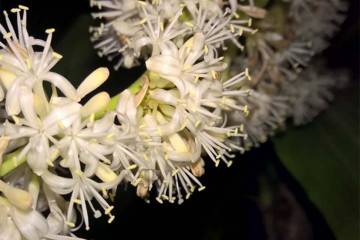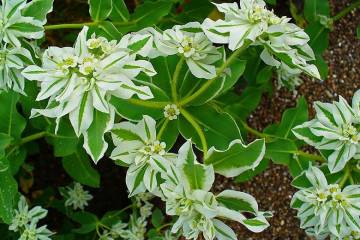Echeveria - species: agave, Pulidonis, Black Prince, Purpuzorum, Lilacina
Content:
Echeveria, or, as it is also called, a stone flower, became famous in the 18th century. The plant got its name in honor of the talented artist A. Echiverrio, who first depicted a flower on an encyclopedia page. Today there are many varieties of these plants, and all of them are united by one expressive feature. These are thick, fleshy leaves that are collected in rosettes. But they all differ from each other in a unique color.
Echeveria: species and varieties
In total, about 150 varieties of Echeveria are known, but there are also decorative forms of hybrids. Some of them seem to be covered with villi, such as fluffy echeveria, while others are just a wax bloom (Echeveria Orion, Kubik). Next, we will talk about the most famous species that are often found in the collections of avid florists.
Echeveria agave
According to the description, agave echeveria vaguely resembles a lotus. Its peculiarity is the fleshy petals, the tips of which are painted pink. The young plant first has a light green color, which changes over the years and acquires a purple-pink hue. It blooms in the summer. The leaves of the agave variety are covered with a glossy coating.
The culture reaches a height of 20 cm, and the length of the leaves reaches 8 cm. The diameter of the flower is 25 cm. This culture does not have a stem, and peduncles can be pulled out from the lateral axils of the leaves. Blooming umbrellas are yellow-pink in color.
Echeveria Pulidonis
Pulidonis is slightly smaller than the previous species. Its diameter reaches 15 cm, but the leaves are not inferior in size, since they also grow up to 7 cm.
The peduncle appears in the summer. It grows quite tall and has a bell-shaped shape. The bright yellow flowers are very attractive. However, it is not so easy to see them on the Pulidonis echeveria. To do this, you need to adhere to special rules:
- for 50 days, it is necessary to maintain a stable temperature regime. It should be within 15-18 ° C;
- the duration of daylight hours is increased to 12 hours;
- in winter, photolamps are used, which enrich the plant with ultraviolet light.
Echeveria Black Prince
The Black Prince, or, as he is also called the Black Knight, is distinguished by its grandeur and unusual dark color. This look will decorate any home corner. The only drawback of the flower is that it is very capricious, so beginners who have just started to deal with flowers may even have to come to terms with the loss of a copy. The main condition for friendship with him in the summer is his settlement on the brightest window sill, and in winter Echeveria the Black Prince needs peace, so the culture is moved to the window sill with a temperature of 10-15 ° C.
Echeveria Purpuzorum
Echeveria Purpuzorum is also called Purpusa. It is a very small flower with a diameter of 6 cm. It has short leaves with pointed tips. The length of the leaf reaches only 3 cm, and the width is 1 cm. The foliage is painted in olive-brown tones, and only occasionally small red or brown stripes seem to be spelled out along them.In good light, the entire plant takes on an unusual purple hue.
Echeveria Lilacina
Lilatiana was discovered in Mexico in 1971. Basically, this plant is a single rosette with a diameter of about 17 cm. The leaves of the culture are densely covered with a beautiful wax coating. They are found in a gray or blue hue. If Lilatiana lives on the street, and there are warm sunny days, then she has a lilac color and a reddish edging. In late winter or early spring, Lilatiana throws out up to 3 inflorescences about 5 cm long. Shades of flowers are different: from pale pink to bright red. Liziana is very popular among flower growers due to its lilac-white wax coating.
Echeveria Derenberg
Echeveria Derenberg is another succulent plant that naturally lives on the slopes of mountains and rocks located in Mexico. Its distinctive feature is the numerous rosettes of a light green hue with a bluish wax coating. This is one of the largest representatives of Echeveria, since its size reaches 40 cm. The edges of the leaves, like many types of Echeveria, are framed by a red edging. In the spring, namely from March to June, the plant produces excellent bell-shaped inflorescences. With its orange-red flowers, Derenberg pleases for several weeks.
Echeveria Topsi Torvi
Topsi Torvi is a blue and white rosette that resembles an asterisk in shape. The leaves of a triangular shape, which seem to be bent in the middle and densely covered with a wax coating, also look unusual.
Echeveria Rainbow
Echeveria Rainbow, or, as it is also called rainbow, got its name due to its unique appearance. If it is properly looked after and provided with good lighting, then the Rainbow will show its variegated shape and will shimmer with all the colors of the rainbow. Reproduction of this species is an easy process. To do this, you just need to tear off a leaf, which will quickly take root and grow.
The downside of Rainbow is its sensitivity to an excess of moisture, therefore, like Echeveria Lola, it does not need frequent watering. Florists appreciate the variety for its unique ability to bloom in any of the four seasons: winter, spring, summer or autumn. The height of the rainbow echeveria ranges from 10 to 50 cm.
Echeveria Pulvinata
Echeveria Pulvinata is a branching bush plant, the height of which reaches no more than 20 cm.The leaves form gray-green rosettes. In winter, Pulvinata produces inflorescences of red or yellow shades. In nature, the plant is found on the slopes of the mountains of southern and central Mexico. This is a fairly hardy species that is resistant to direct sunlight, and is also able to calmly endure even frost for some time if it grows in dry conditions. The main thing is that it has a nutritious and well-drained substrate.
Echeveria Elegance
The homeland of Echeveria Elegance is South Africa. The plant has an erect stem, on which aerial roots are formed with age. It is thanks to them that the culture is reliably anchored in the soil. From the central outlet, the side ones grow rapidly. Their diameter does not exceed 15 cm, but the height of the inflorescences can reach 25 cm. Flowers appear from May to June and have a delicate red with a yellow tint. With good care, the flowering process can take an entire summer.
Echeveria Nodulose
Nodulose is a type of fat woman that belongs to undersized representatives. A distinctive feature of this flower is that it belongs to erect, practically unbranched plants. In addition, the leaves of this succulent almost do not form rosettes. Its height does not exceed 20 cm. The peculiarity of the plant is the original painting of the sheets. On the surface of the plates, beautiful red stripes run along the entire length. And at the end of March, Nodulose throws out scarlet buds that will delight the eye of any grower.
Rejuvenated and echeveria: differences
Often inexperienced flower growers confuse echiveria with a flower very similar to it, which is called rejuvenated. In addition, both of these representatives belong to the genus of succulents. However, there are several differences between them, and if you remember them, then Echeveria will be easy to distinguish from rejuvenated.
- Both plants form a rosette of their leaves, but in Echeveria, if you look closely, you can see an indistinct stem. In youngsters, the rosette is located directly above the ground, so it is often used as a ground cover.
- These crops also differ in leaves. In younger ones, they are green with red tips and flatter. Echeveria has thick and fleshy leaves. They also have a varied color. You can see plants from grayish to purple and red-brown shades, which are also covered with a waxy coating.
- On the peduncle of a stone rose, small leaves are rarely found, while in a young one it is densely covered with foliage. Echeveria flowers resemble bells, and rejuvenated flowers look more like chamomile. Echeveria (or echeveria, as some growers may also call it) blooms with yellow-orange-red flowers, and in the younger ones they are mostly pink.
- Echeveria loves warmth, and the young is famous for its frost resistance.
- Children of Echeveria are formed at the very stem, and the young ones release a mustache, from which the children sprout.
It was described above why the stone rose is one of the favorite plants of famous landscape designers. Among succulents, this flower is the queen. Thanks to its compact size and the charming rosette formed by the leaves, the Echeveria plant can be used to decorate rose gardens and florariums. It looks good both in composition with cacti and together with different flowering plants. Some flower growers especially appreciate painted echeveria, which can please with any chosen shade and will easily fit into the interior.
